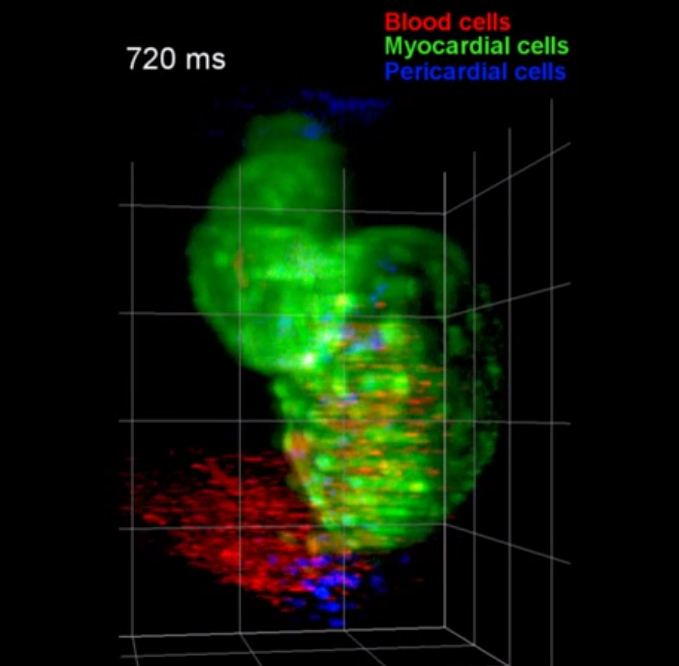The world of science is always advancing and making new strides in research techniques. Often, this is how new discoveries are made, because the newer research techniques and equipment allow scientists to see things that were previously undetectable. Light sheet microscopy (LSM) is one such advanced technique. Another term is selective plane illumination microscopy (SPIM), and it’s a technique that is ideal for studying living organisms.

What Is Light Sheet Microscopy?
The main different between light sheet microscopy and other microscopy techniques is that with LSM, the sample is illuminated in a direction perpendicular to the direction of observation. This method is faster and less phototoxic than other microscopy methods, which is one reason it is preferred for studying living organisms. While LSM offers only intermediate optical resolution, it is very fast and offers good sectioning capability.
In this method, a laser light sheet is used for illumination. A laser light sheet uses a cylindrical lens to focus the laser in only one direction. Another method for creating a light sheet is to use a circular beam that is scanned in a single direction. Either way, with a light sheet, the only part of the sample that is illuminated is that which is currently being observed. This means the stress and photo-damage on the living sample are drastically reduced from other illumination methods. Additionally, the use of a plane rather than a point of light offers a significant increase in speed. If you’d like to learn more about the process, this useful light sheet microscopy e-book can help.
Extensions of LSM
Following the development of LSM, several extensions to the method have been created. In an effort to reduce the SPIM artefacts created by the typical process, a new method using two counter-propagating light sheets was developed. By reducing artefacts such as shadows, it helps the user make more accurate observations. With the idea of two light sources, adding an additional detection from the opposite side allows measurements of the z-axis as well as rotation-stacks. This means that a three-dimensional reconstruction of the sample can be created in a short amount of time.
Another technique called oblique plane microscopy (OPM) uses the detection object to also create a light sheet. The light sheet is actually emitted from the object at an angle of about 60 degrees, and additional optics are used to tilt the detection focal plane. Yet another method for creating a light sheet involves scanning a normal laser focus vertically. This means that self-construction beams (e.g. Bessel beams) can be used for the illumination. This means the penetration of the light sheet into thick samples is improved. This technique also reduces the negative effect of scatter on the light sheet.
In science, new detection and research techniques are constantly being invented. This is what leads to new discoveries. In terms of studying living organisms, the light sheet microscopy method offers many benefits over previously used techniques. Following the development of the method, other advances have been made to improve the results and allow even further scientific observation.